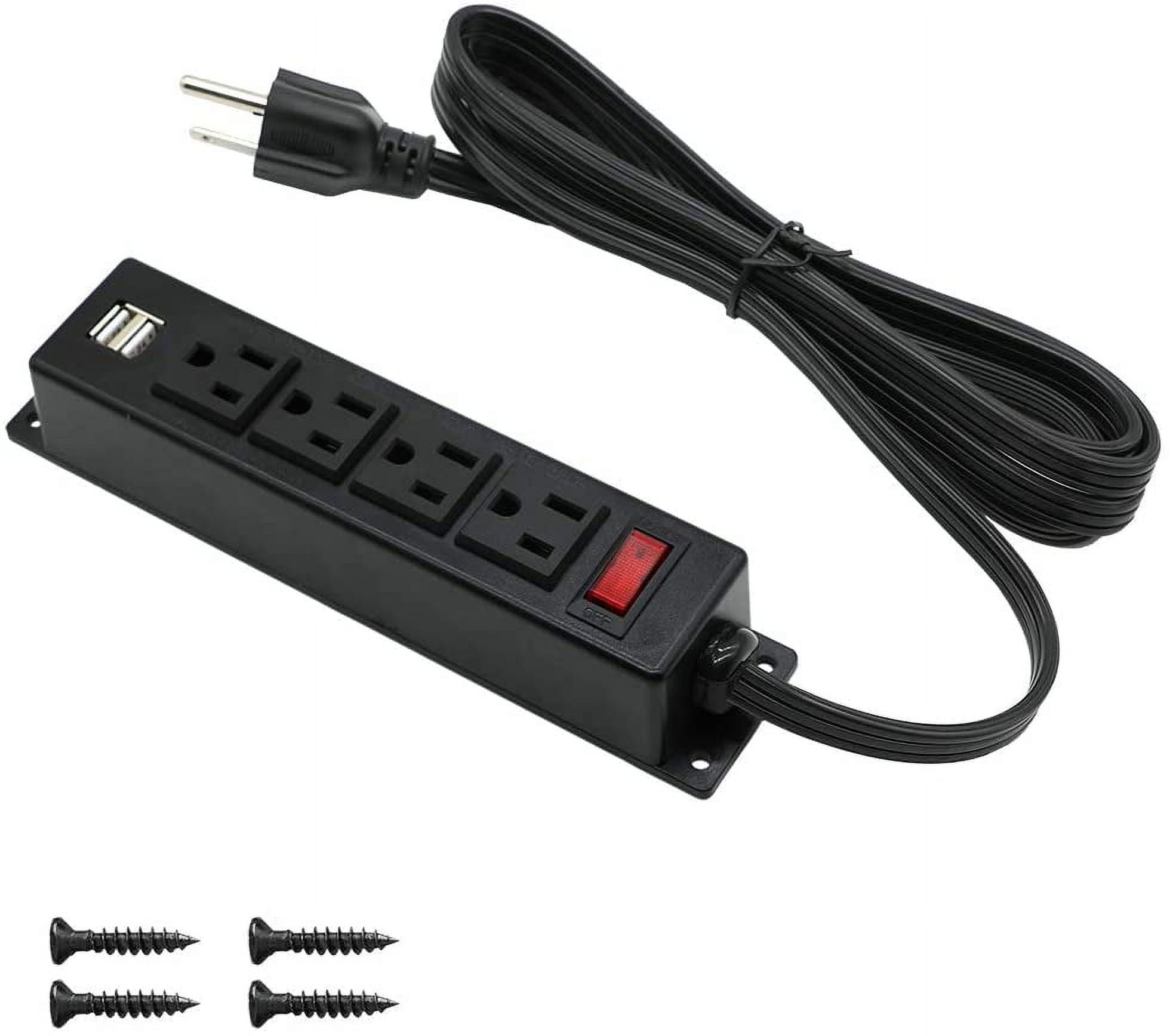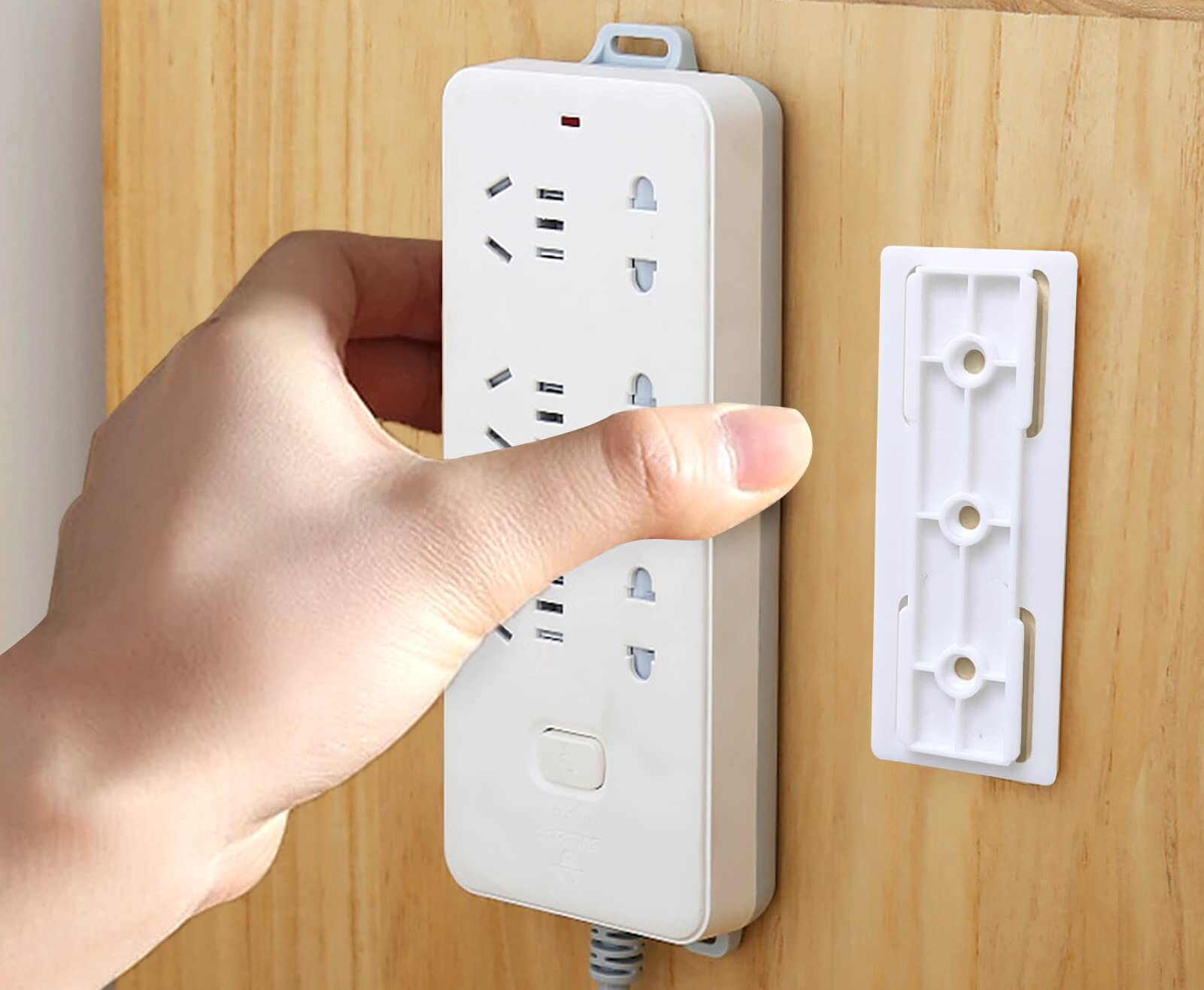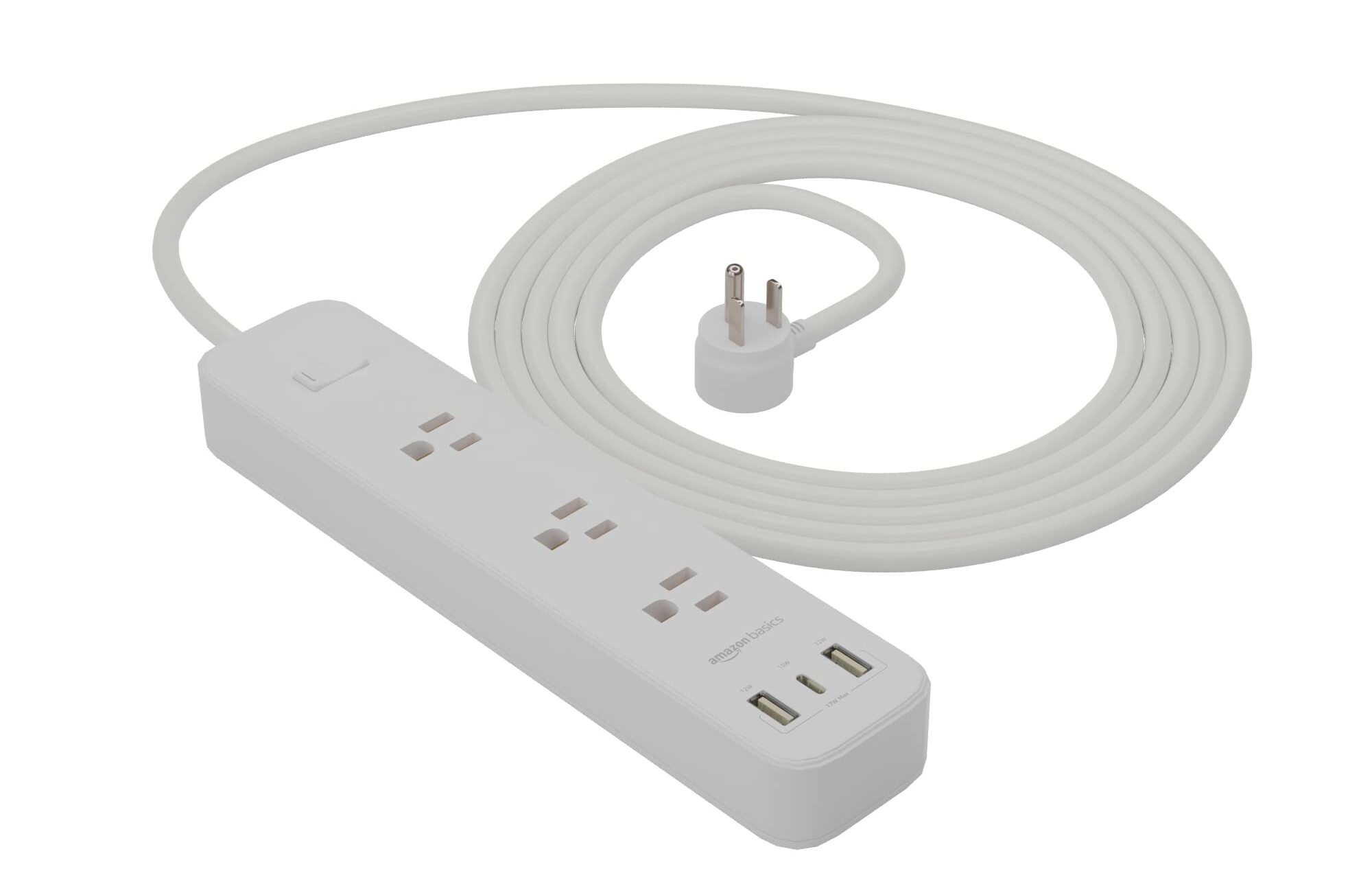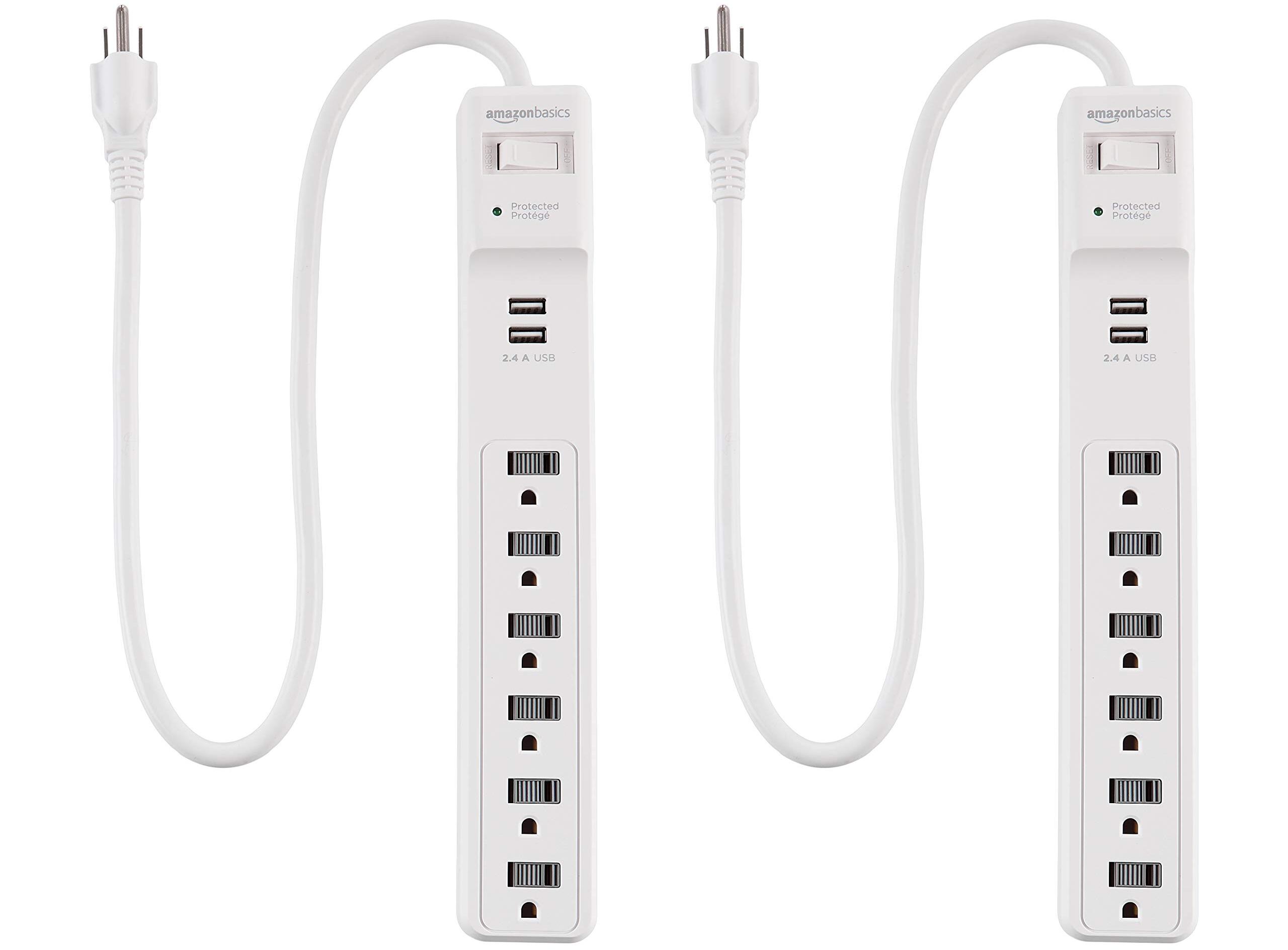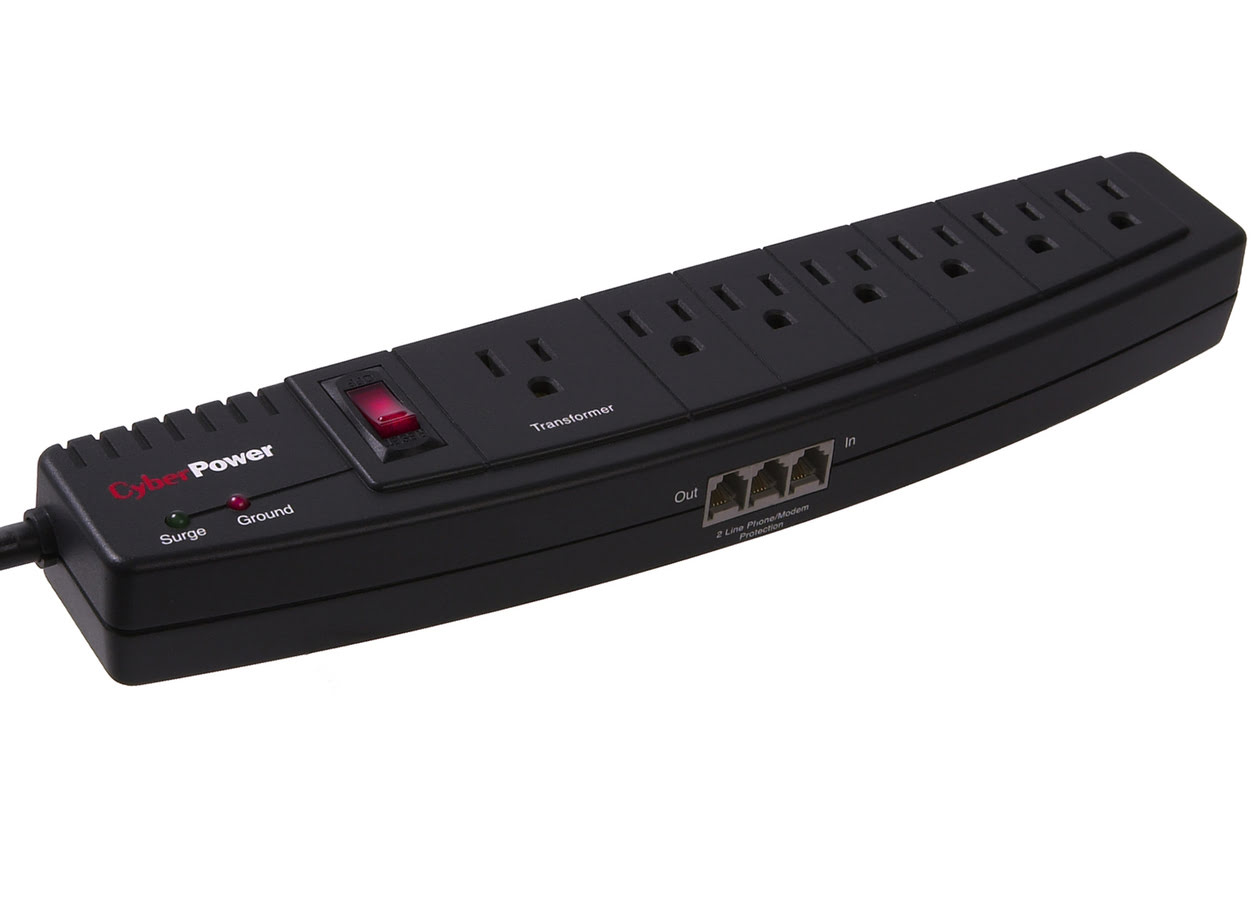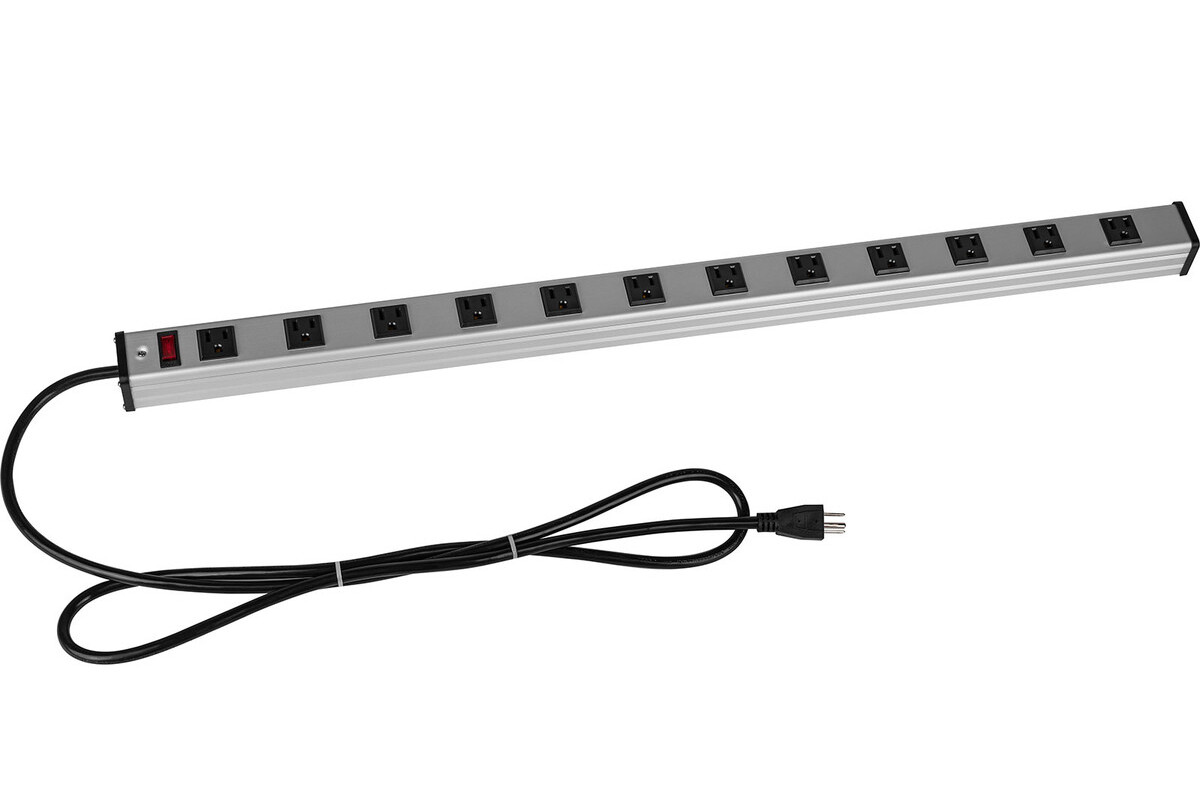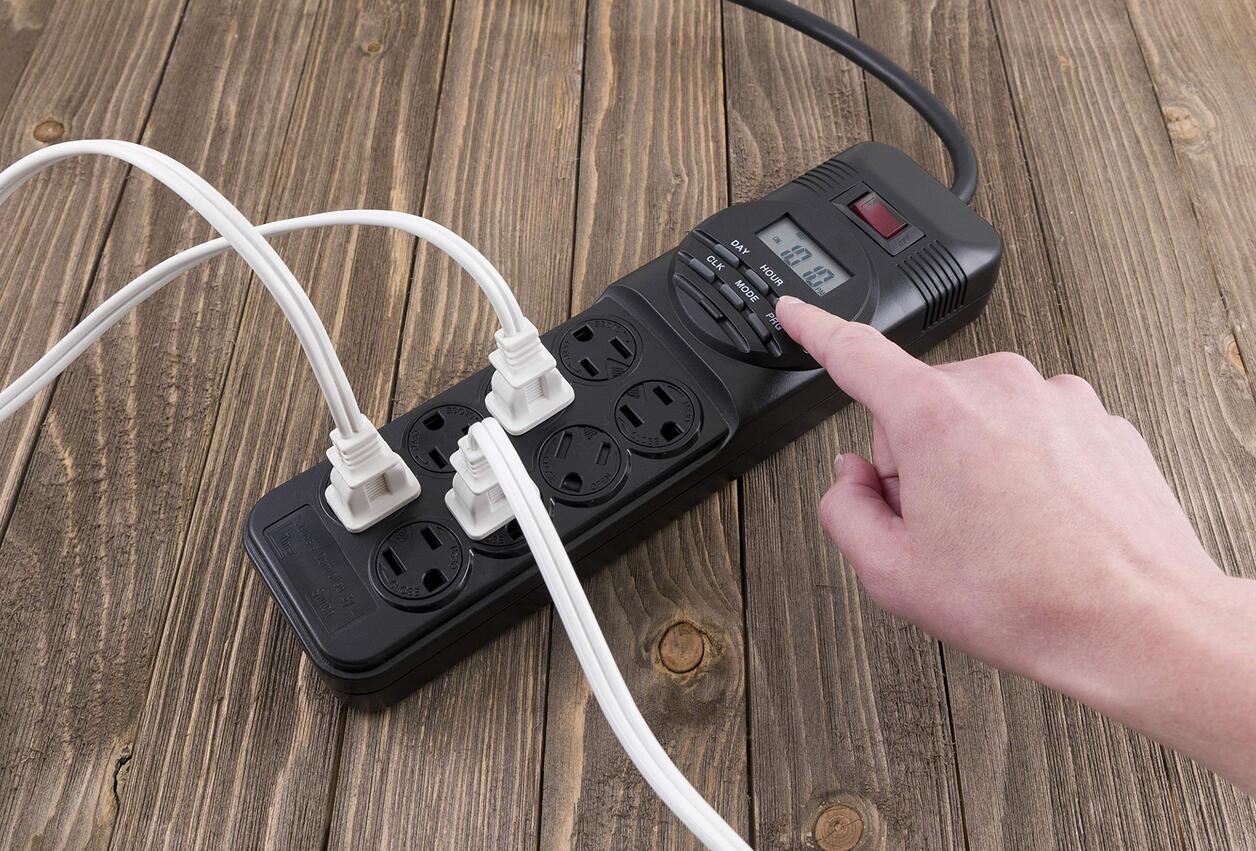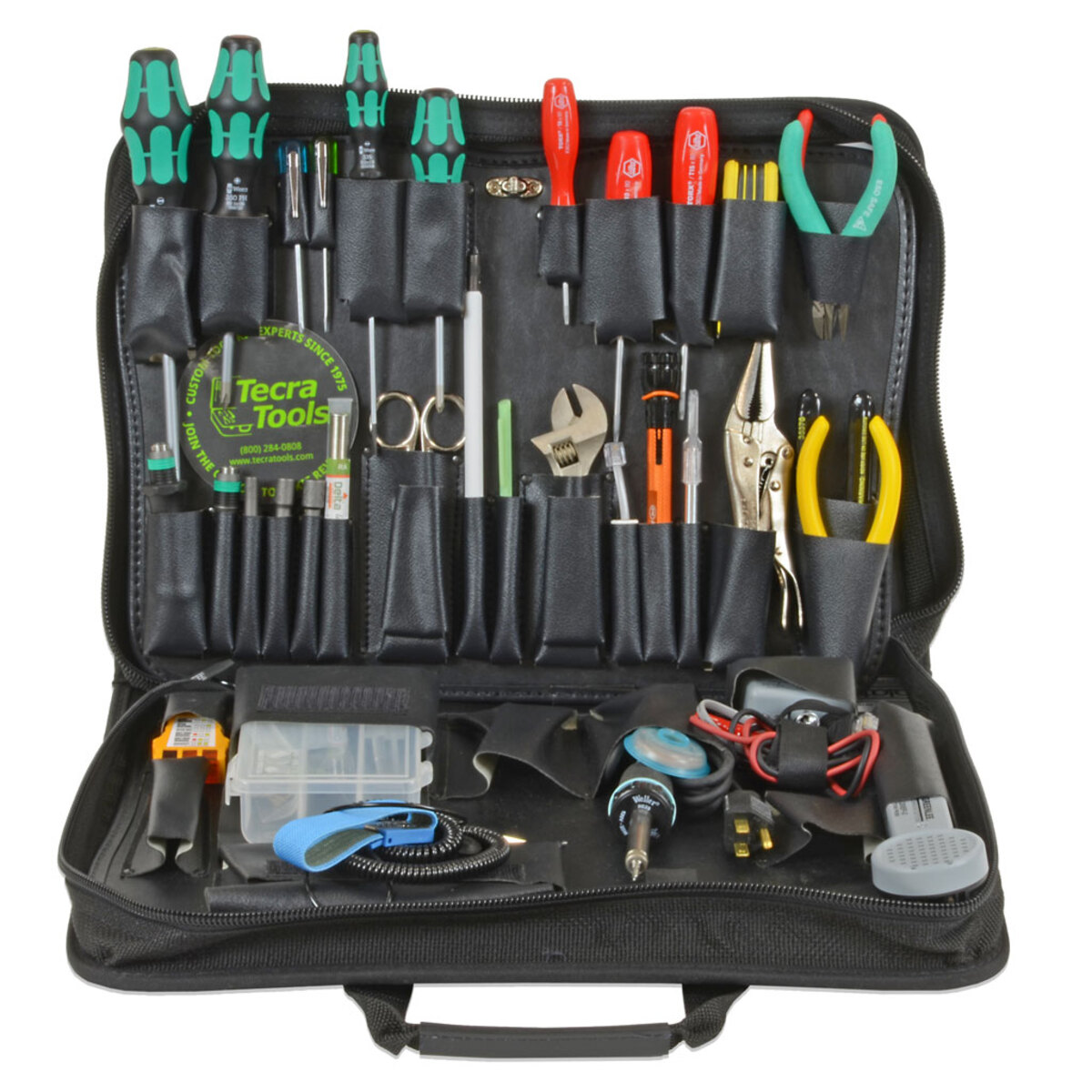Home> Power Strip Surge Protector
Power Strip Surge Protector: Ultimate Guide to Protection & Efficiency
Discover the best “Power Strip Surge Protector”, its relevance, benefits, and usage. Protect your devices & improve efficiency with our comprehensive guide.
8 Best Amazonbasics 6-Outlet Surge Protector Power Strip for 2024
By: Chloe Davis • Articles
